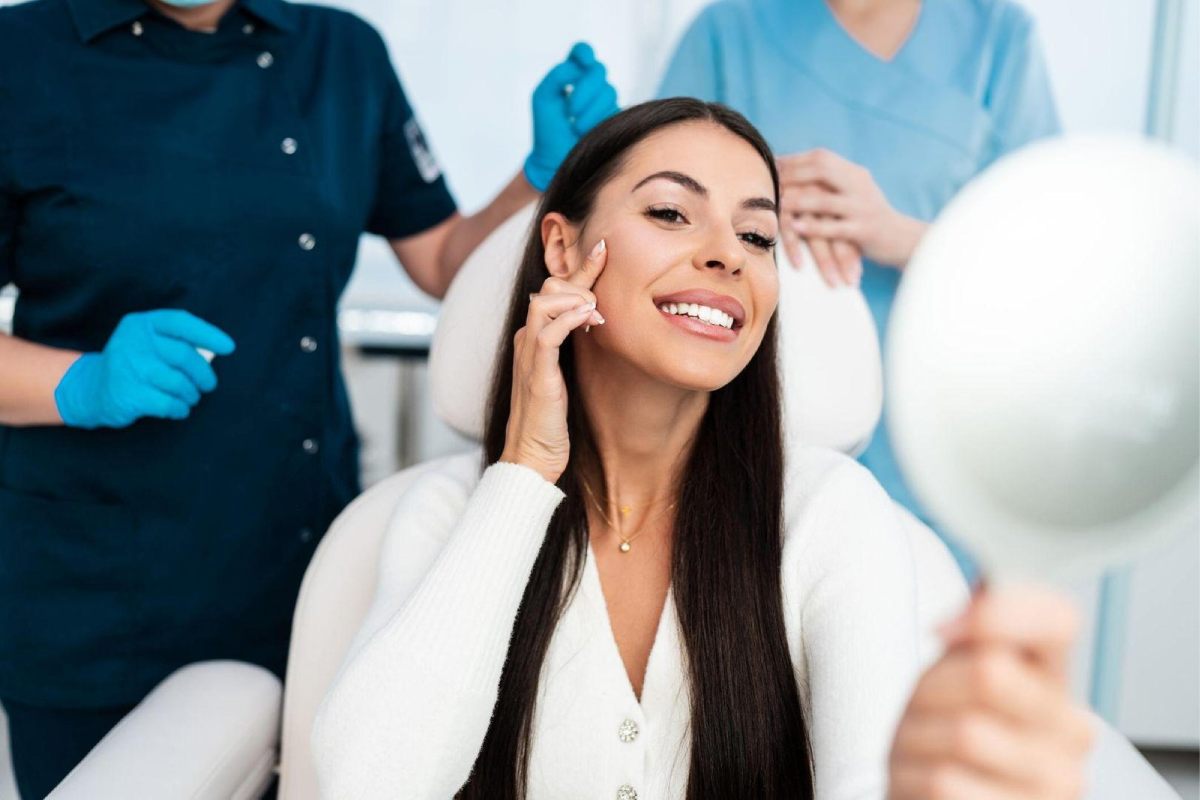As we age, our skin loses its youthful pliability and volume, leading to the formation of wrinkles and fine lines. To address these signs of aging, many people turn to cosmetic treatments like fillers and Botox. Although commonly grouped together, they serve different purposes. Fillers are primarily used to add volume and soften static wrinkles caused by the gradual loss of collagen, while Botox works by temporarily paralyzing facial muscles, thereby reducing the appearance of dynamic wrinkles that occur due to muscle movement.
Understanding the difference between fillers and Botox is critical when deciding which treatment is best suited for your specific concerns. Fillers can improve the look of deep under-eye circles, enhance cheek volume, and plump up thinning lips. On the other hand, Botox is most effective for expression lines such as forehead lines, crow’s feet, and frown lines, which result from repetitive facial muscle motions. Both treatments involve injections and offer temporary results, requiring maintenance procedures to retain the effects.
Key Takeaways
- Fillers add volume and soften static wrinkles, while Botox reduces the appearance of dynamic wrinkles.
- Fillers are beneficial for under-eye circles, cheek volume, and enhancing lips; Botox targets forehead lines, crow’s feet, and frown lines.
- Both treatments are minimally invasive and necessitate regular upkeep to maintain results.
Table of Contents
Effectiveness For Specific Conditions
Fillers and Botox offer targeted solutions for aging-related skin concerns, each with a distinct mechanism of action. Botox utilizes botulinum toxin to relax muscles, reducing the appearance of dynamic wrinkles, while fillers, such as those made with hyaluronic acid or collagen, restore volume and smooth out static wrinkles.
Treating Dynamic and Static Wrinkles
Dynamic wrinkles arise from repetitive facial expressions, appearing as crow’s feet, smile lines, and forehead lines. Botox is particularly effective for these concerns as it temporarily paralyzes the muscles that cause these wrinkles. On the other hand, static wrinkles, which are visible without muscle movement, typically respond well to fillers. These substances fill the creases, providing a smoother skin surface.
Facial Contouring and Volume Enhancement
For those looking to enhance facial features such as the lips or cheeks, or to improve the overall facial contour, fillers offer a versatile solution. The results can often be seen immediately after the procedure. Hyaluronic acid fillers are commonly used for this purpose, allowing for subtle and natural-looking volume enhancement.
Correcting Fine Lines and Creases
Fine lines and more superficial creases may not require the muscle-relaxing properties of Botox. Instead, a milder filler can effectively correct these signs of aging, particularly around more delicate areas such as the eyes or the neck. Through careful injection, fillers can smooth out these fine lines, contributing to a more youthful appearance.
When considering either treatment, it’s important to consult with a qualified professional to determine which is better for your skin concerns. They can provide a tailored approach based on your specific condition and desired results.
Safety, Risks, and Recovery
When considering treatments with fillers and Botox, it’s important to be aware of the safety profiles, the risk of potential side effects, and the expected recovery process. These treatments can be very effective, but they are medical procedures that carry certain risks and require proper post-treatment care.
Understanding Potential Side Effects
Fillers and Botox, while generally safe, come with potential side effects you should be aware of. For Botox injections, which are composed of botulinum toxin type A, side effects may include:
- Pain
- Swelling
- Bruising
- Redness at the injection site
These side effects are typically mild and resolve within a few days. More serious but rare side effects might include an allergic reaction or infection. With fillers, you may experience similar side effects, with the added risk of lumps forming if the filler is not administered properly.
Precautions and Contraindications
Before receiving neuromodulator or neurotoxin treatments, ensure that the practitioner reviews your medical history for contraindications. Common contraindications include:
- Allergies to any component of the treatment
- Neurological diseases
- Active skin infections
If you are pregnant, breastfeeding, or have certain muscle or nerve conditions, these treatments may not be suitable for you. It is also important to verify that your procedure will be covered by insurance, as many cosmetic procedures are not.
Post-Treatment Care and Recovery
After receiving Botox or filler injections, following the post-treatment care guidelines is crucial for safe recovery:
- Use ice gently on the affected area to reduce swelling and bruising.
- Avoid activities that will increase blood flow to the face, such as exercise, for at least 24 hours.
- Do not massage or apply pressure to the treated areas to prevent spreading the product to unintended muscles.
Most patients return to their normal activities immediately after treatment. The American Society of Plastic Surgeons recommends following all post-care advice given by your practitioner to ensure the best results. If you experience any unusual symptoms such as severe headaches or worsening pain, contact your provider immediately.
Conclusion
In managing signs of aging, Botox is most effective for lines that result from muscle movement, particularly around the forehead and eyes. Fillers, on the other hand, are ideal for restoring volume and smoothing out static wrinkles, such as those that appear around the mouth and cheeks. Your choice between Botox and fillers should be guided by the type of wrinkles you wish to address and the facial areas of concern. It’s crucial to consult with a certified medical professional to determine the most suitable treatment for your individual needs.

